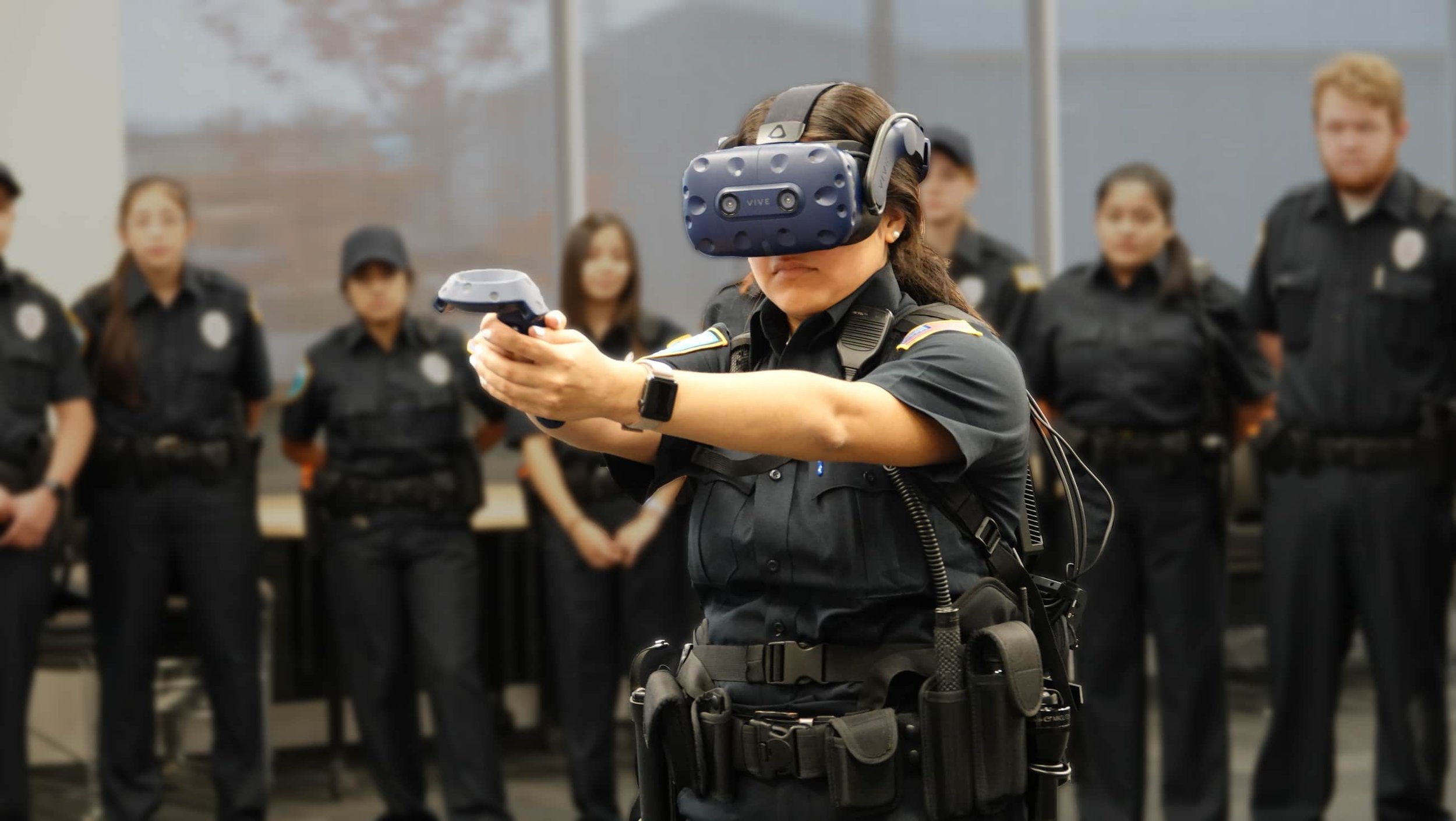Author: Amanda Childress, February 22, 2022
You might have the impression that crime is on the increase, especially when you look through the news on various media. However, statistics on Pew Research Center actually shows that crime rates in the U.S. have plunged dramatically since the 1990s — robbery has decreased by 68%, murder/negligent manslaughter by 47%, and burglary by 69%. This is due to several factors, which include more criminals getting put in prison, the presence of more police, and a generational change (with the entry of millennials into the prime age bracket for criminal activity).
Aside from the above, there are also emerging trends and innovations that are improving law enforcement that is helping decrease the crime rate. Below are some of these:
Community-oriented Policing
Relations between the police and communities have been strained due to instances of police brutality, but 76% of police chiefs want to work on improving this relationship. Volusia County Sheriff Mike Chitwood explains that it will be difficult for law enforcement professionals to effectively address crime if residents don't trust them. As such, community-oriented policing, or simply community policing, is a strategy being introduced to help develop good relationships between community members. This allows for more positive interaction, instead of residents having contact with law enforcement only in the context of crime.
With community policing, public safety can be proactively addressed since the community can help law enforcers identify crimes and potential public safety issues that might have otherwise gone unnoticed. A press release by the Department of Justice in November last year showed that $139 million in grant funding was given to around 183 law enforcement agencies. Portions of the money will be used to hire additional full-time law enforcement professionals and to build legitimacy and trust between law enforcement agencies and their communities. Despite the news saying otherwise, this shows how law enforcement agencies are looking to improve their awareness to create communities where safety is a priority for everyone.
Cybercrime Crackdown
Cybercrime is fast taking over physical crime as a law enforcement priority. Global cybercrime costs will increase by nearly 15% on a yearly basis. This has meant that law enforcement agencies have had to divert a lot more resources to catch cybercriminals, and this shift has changed how many agencies now operate and gather evidence.
A write-up on cybercrime by Maryville University notes that the primary difference between physical-world and cybercrime investigations is that the evidence in criminal investigations will mostly be digital. The process involves handling forensic data for digital evidence. There are a number of techniques for this — such as performing background checks by using records and databases to look for individuals potentially involved in crime. Investigators are also working with internet service providers and telecom and network companies to know which websites and protocols were used in the crime.
Police Technology
Law enforcement has seen a lot of technological innovations — such as the two-way radio in 1933, the radar detectors that capture vehicle speed in 1948, and dispatching in the 1960s. New technologies are always being developed to improve public safety. There are now pre-crime technologies like predictive policing and pre-crime algorithms. One way this is done is by targeting high-frequency offenders, demanding a quick response from the police, or also ensuring that these offenders don't fall back into their old habits. These innovations show how law enforcement is always trying to better itself for the good of the public.
As for post-crime technologies, DNA is at the forefront of innovations in law enforcement. An article on Nature reported how forensic DNA phenotyping is being used by enforcement agencies around the world. DNA phenotyping uses predictive DNA forensics to reveal physical appearance, biological sex, and ancestry. This has helped police quickly narrow a pool of suspects as well as identify long-dead remains. However, each country has different stances on the use of DNA phenotyping since DNA can reveal highly sensitive information. Solid guidelines must be created before any technologies are used for law enforcement.
Diversity and Inclusion
Data from The Lancet shows that black, Indigenous and people of color (BIPOC) are disproportionately affected by police brutality compared to non-Hispanic white people — with black citizens three to five times likelier to be killed than white people. University psychologist Patricia Devine explains that while it may not be possible to completely get rid of biases, there are ways to manage behavior in the long term.
For one, aside from training the existing law enforcement professionals, leaders are making law enforcement more diverse and start a culture of inclusivity. In 2021, for instance, the FBI recruited more female and minority officers to build more trust between law enforcers and the community. Admittedly, the recruits expect challenges, but they choose to be part of the solution so members of their community aren’t discriminated against. One way to improve inclusion in the law enforcement workforce is by disseminating updated policies, procedures, and training regarding inclusion. This can include in-person training and a post-assessment. Enforcing a zero-tolerance policy to hold those who discriminate upholds a law enforcement agency’s pledge to inclusion.
Written exclusively for Policetest.info
by Amanda Childress








